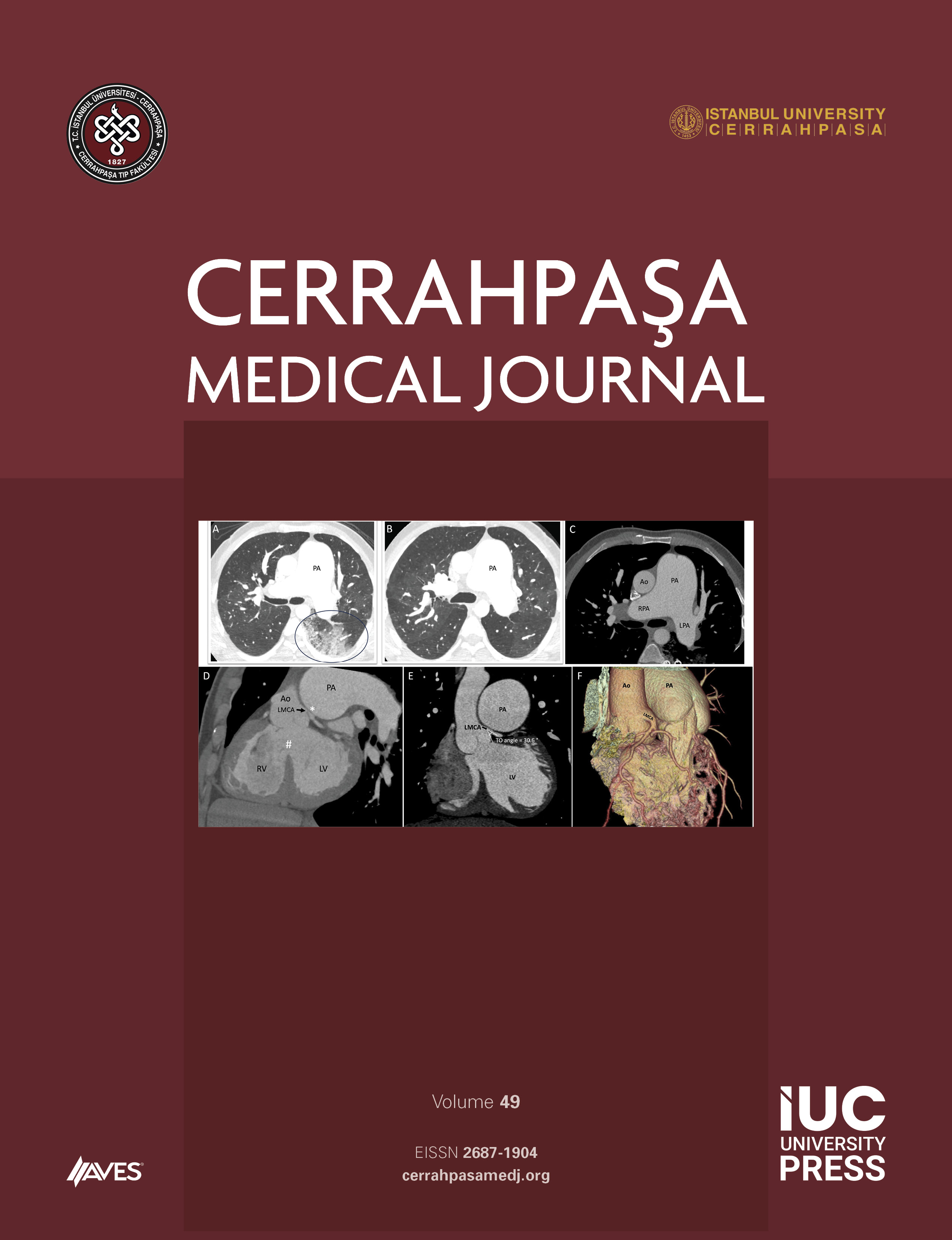Objective: The coronavirus disease 2019 infection may have multisystemic manifestations including neurological involvement. The number of recognized neurologic manifestations of severe acute respiratory syndrome coronavirus 2 infection is rapidly accumulating, including neurocognitive decline. This study aimed to evaluate and monitor the temporal course of the neurocognitive status of patients who had been infected with the coronavirus disease 2019.
Methods: A total of 49 patients were included. Sex, demographics, and atherosclerotic risk factors were noted. The patients’ global cognitive state performance was evaluated with Mini-Mental State Examination, Clock Drawing Test, Beck’s Depression Inventory, and Barthel Activities of Daily Living index. The patients were evaluated 2 times within a 6-month interval.
Results: Of the patients, 53.1% were male, and the mean age was 43.3 ± 13.8 years. About 32.6% of the cases were found to have atherosclerotic risk factors at the first admission, and 34.7% of the patients needed to be hospitalized due to their symptoms. Mini-Mental State Examination score was found to be lower in patients with atherosclerotic risk factors (P = .023) and hospitalized patients compared to those in home quarantine (P = .016). In addition, lower points in Mini-Mental State Examination-1 scores were found in patients who needed to use steroids and tocilizumab (P values 0.029 and 0.022, respectively). Mini-Mental State Examination-1 and Mini-Mental State Examination-2 points of cumulative Mini-Mental State Examination change groups were significantly different (P < .001 and P = .002, respectively). In multiple comparisons, Mini-Mental State Examination-1 points of No change and Better were different (P < .001). Also Mini-Mental State Examination-2 points of No change and Worsened were different in multiple comparisons (P = .002).
Conclusion: Cognitive status should be closely monitored especially in elderly patients and patients with atherosclerotic risk factors.
Cite this article as: Çerikan MD, Güleç B, Acar HC, et al. Evaluation of postinfectious neurocognitive status in COVID-19 patients. Cerrahpaşa Med J. 2023;47(1):95-99.



